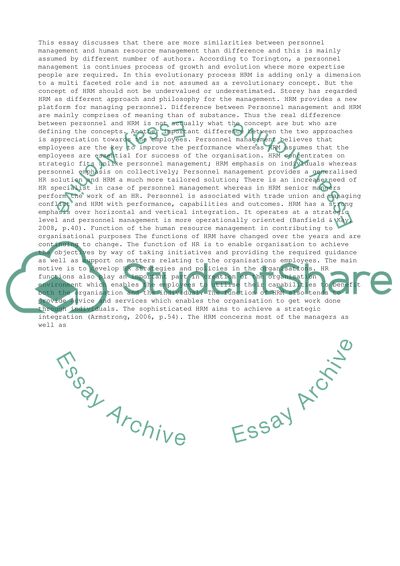Cite this document
(“The key principles of human resource management Essay”, n.d.)
Retrieved from https://studentshare.org/management/1394435-the-key-principles-of-human-resource-management
Retrieved from https://studentshare.org/management/1394435-the-key-principles-of-human-resource-management
(The Key Principles of Human Resource Management Essay)
https://studentshare.org/management/1394435-the-key-principles-of-human-resource-management.
https://studentshare.org/management/1394435-the-key-principles-of-human-resource-management.
“The Key Principles of Human Resource Management Essay”, n.d. https://studentshare.org/management/1394435-the-key-principles-of-human-resource-management.


